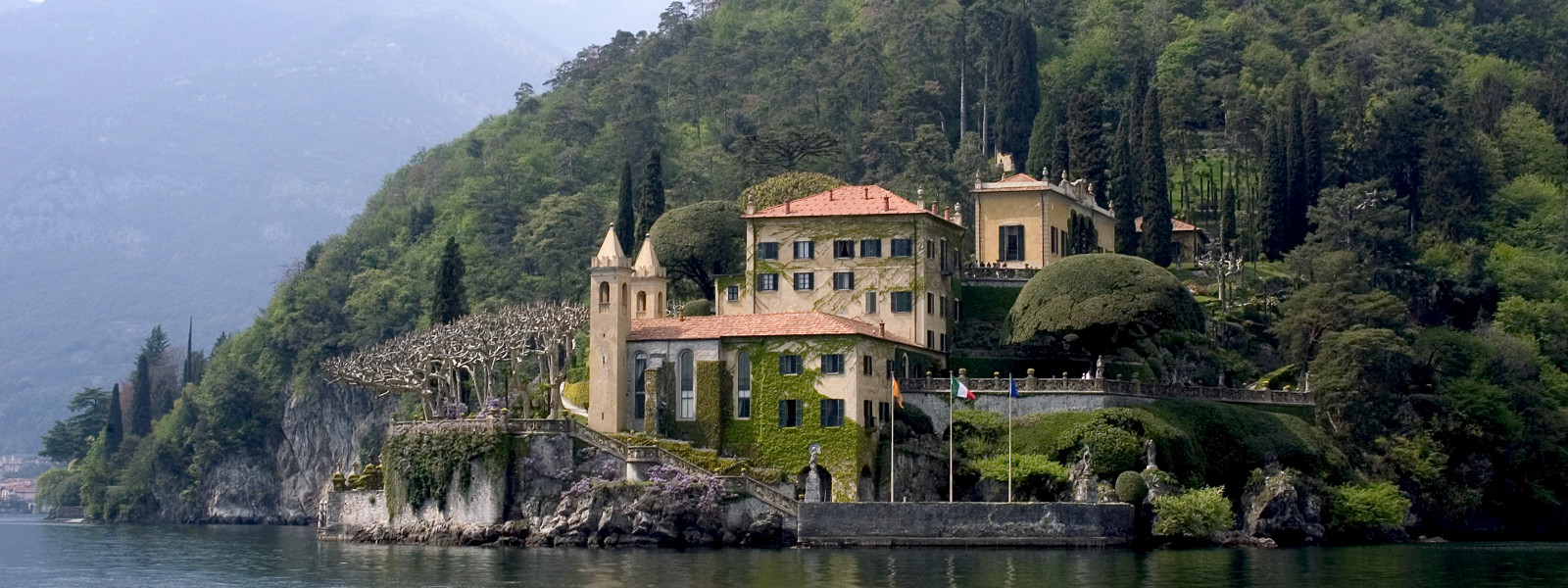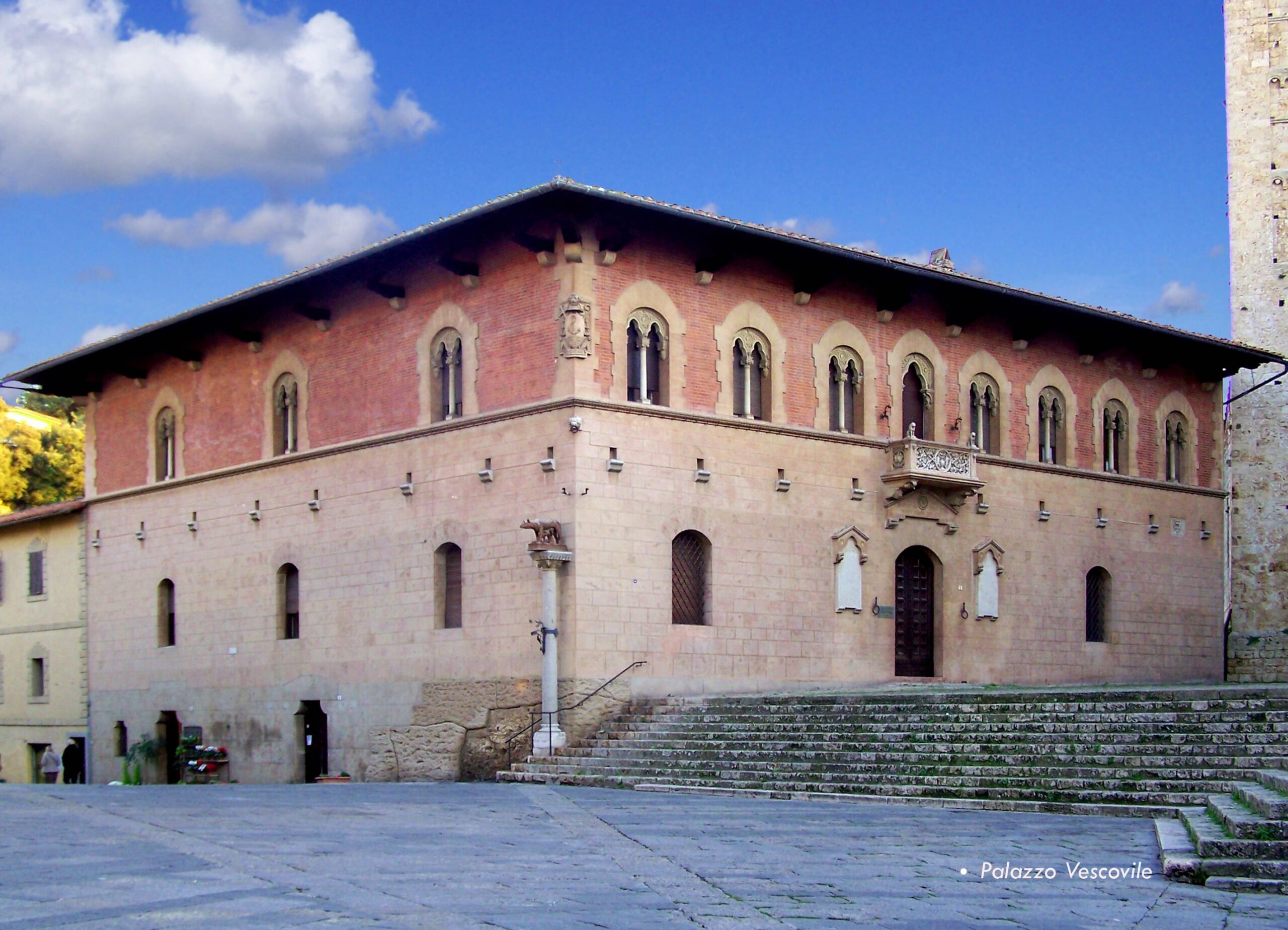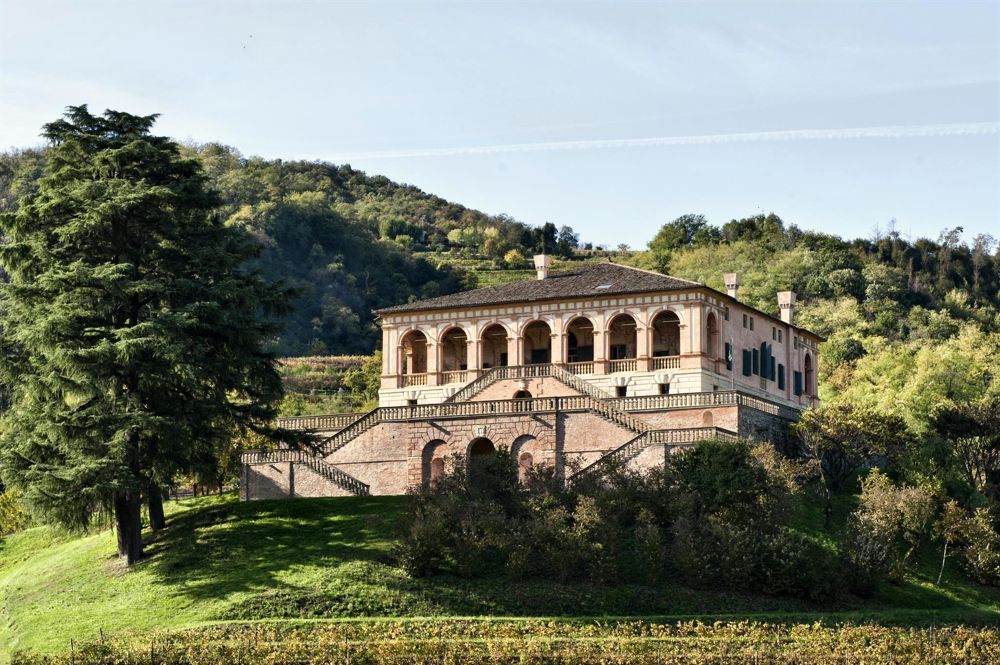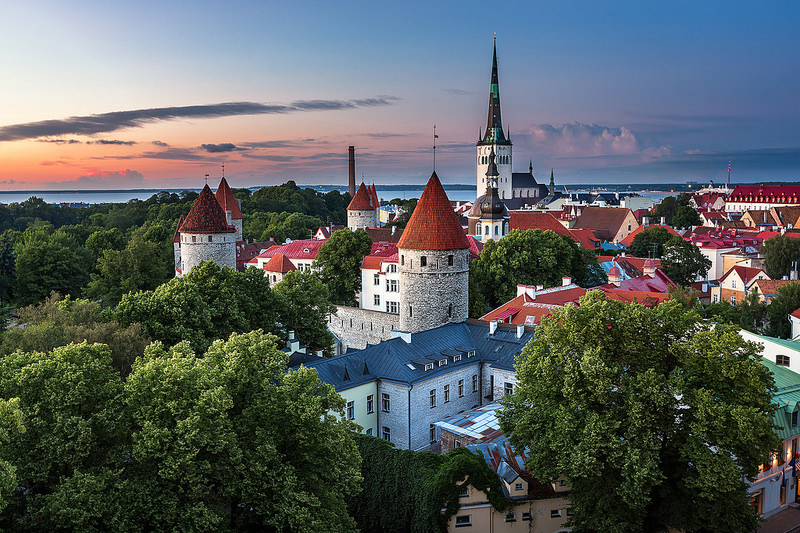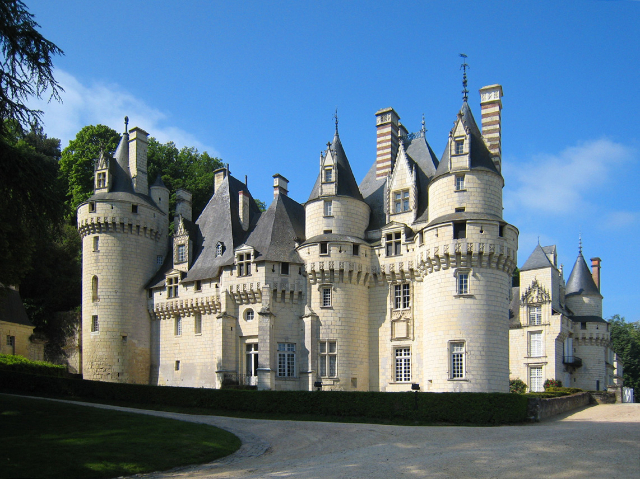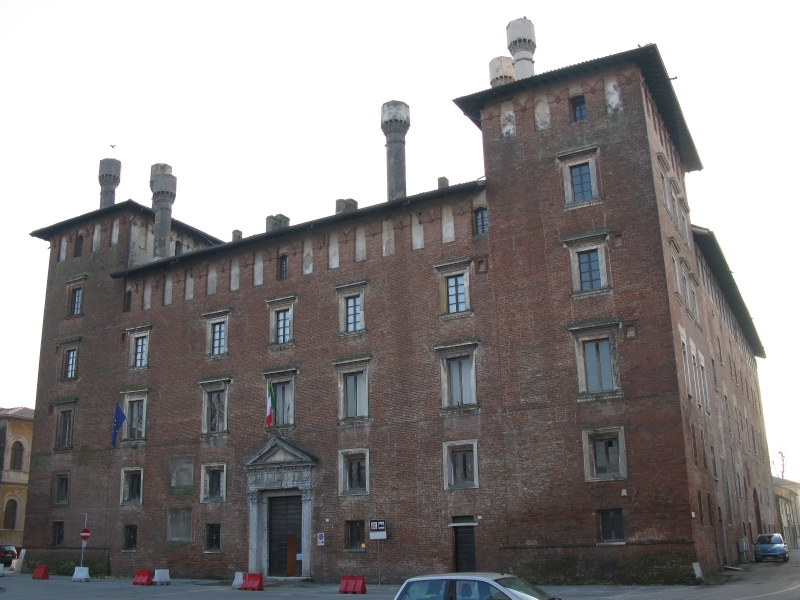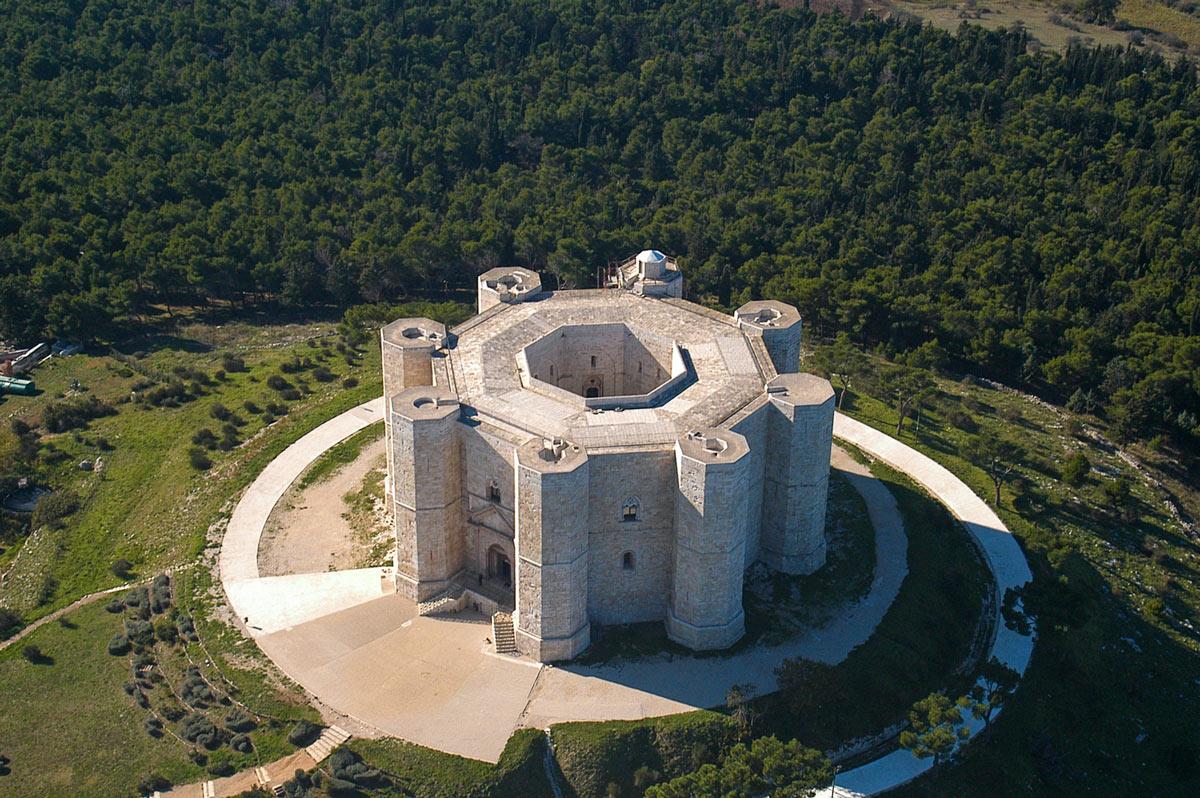At the end of the eighteenth century, the main access to the Villa was a steep staircase overlooking the lake. To welcome the guests a motto engraved on the floor of the porch open to the small port: "Fay ce que voudras (do what you want)", perfect description of the spirit of that "place of delights".
The splendid Villa del Balbianello rises on a suggestive promontory overlooking Lake Como. Going up to the loggia it is possible to admire the landscape of the lake in all its majesty: on one side the Tremezzina, which opens on the heart of the lake, on the other side the Comacina Island.
It is said that in the rooms symmetrically placed on the two sides of the arcade (the Library and the Music Room, today Cartographer) Giuseppe Parini composed the ode "Gratitude", dedicated to Cardinal Durini.
The villa was built in 1787 on a pre-existing Franciscan monastery by Cardinal Angelo Maria Durini. At the death of the cardinal, in 1796 it was inherited by his nephew Luigi Porro Lambertenghi, who had Silvio Pellico as tutor of his children. Later, the property was purchased by Giuseppe Arconati Visconti who hosted in his living room great intellectuals such as Giovanni Berchet, Giuseppe Giusti and Alessandro Manzoni. Giuseppe’s son, Gianmartino Arconati Visconti, made improvements to the garden and the loggia, but the gradual decline of the family corresponded to a gradual abandonment of the villa, which for more than thirty years was left to itself.
Villa del Balbianello fell into a state of abandonment until an American officer, Butler Ames, bought it and renovated the garden. In 1974 it was acquired by the explorer Guido Monzino, heir to the family that founded Standa, who furnished it with memorabilia from his expeditions. Monzino, who died without heirs in 1988, eventually left the villa to the Fondo Ambiente Italiano, the current owner of the building, which maintains the villa in the same conditions in which the Lombard explorer left it.
